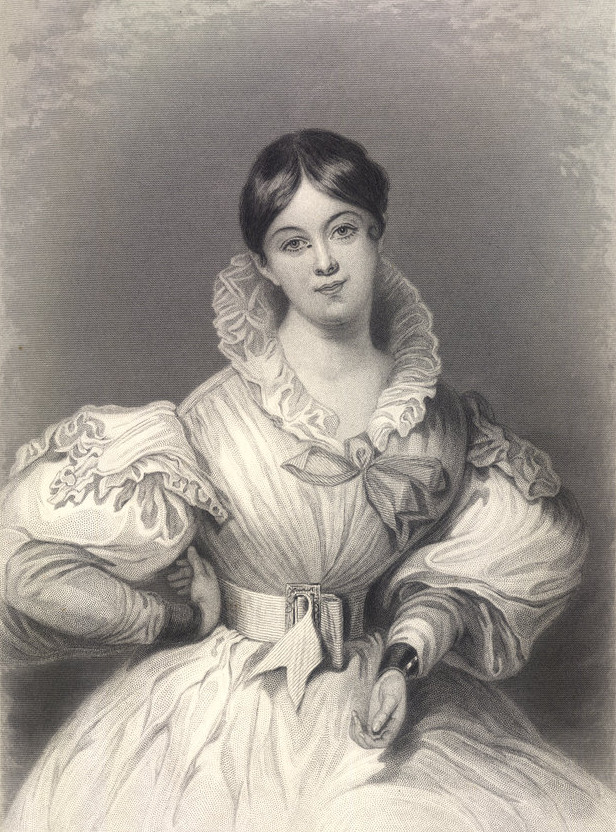26 Introduction
In This Chapter
History of Women in Poetry
The history of women in poetry is rich and diverse, with women poets making significant contributions to the literary world throughout the centuries. In ancient civilizations such as Sumer, Egypt, and Greece, women poets played important roles. Enheduanna, an Akkadian princess in the 23rd century BCE, is considered one of the earliest recorded women poets. In medieval Europe, notable women poets include Hildegard of Bingen, Christine de Pizan, and Julian of Norwich.

During the Renaissance, women poets faced challenges due to prevailing societal norms. However, figures like Elizabeth Barrett Browning and Anne Bradstreet managed to gain recognition for their poetic works. In the Romantic era, female poets such as Mary Shelley, Felicia Hemans, and Letitia Elizabeth Landon made significant contributions. The 19th and 20th centuries witnessed a surge in women’s voices in poetry. Emily Dickinson, a renowned American poet, explored themes of love, death, and nature in her prolific works. Other influential women poets of this era include Christina Rossetti, Edna St. Vincent Millay, Sylvia Plath, and Maya Angelou.

Women continue to shape the world of poetry in the present day. Contemporary poets like Carol Ann Duffy, Sharon Olds, Louise Glück, and Claudia Rankine have gained critical acclaim and received prestigious awards for their works. Additionally, spoken word artists such as Warsan Shire and Amanda Gorman have gained widespread recognition for their powerful performances and social commentary.
Throughout history, women poets have often faced challenges in gaining recognition and breaking through the patriarchal barriers of the literary world. However, their resilience, creativity, and unique perspectives have allowed them to make enduring contributions to the field of poetry.
Drag and drop the names of the authors to their correct literary time period.

This unit is organized chronologically to give readers a taste of traditional women poets from the earliest trailblazers like Anne Bradstreet, Phillis Wheatley, and Lydia Huntley Sigourney, as well as recent breakout stars in spoken word like Jae Nichelle, Amanda Gorman, and Rachel Wiley.
Sources
Armstrong, Isobel and Virginia Blain, Eds. Women’s Poetry in the Enlightenment: The Making of a Canon, 1730-1820. Macmillan, 1999.
Gilbert, Sandra M. and Susan Gubar. The Madwoman in the Attic: The Woman Writer and the Nineteenth-Century Literary Imagination. Yale UP, 1979.
Gilbert, Sandra M. and Susan Gubar, Eds. The Norton Anthology of Literature by Women: The Tradition in English. 3rd edition, Norton, 2007.
Hughes, Linda K, Ed. The Cambridge Companion to Victorian Women’s Poetry. Cambridge UP, 2019.
Labbe, Jacqueline M. and Sharon M. Setzer, Eds. A History of Women’s Writing in Britain, 1660-1789. Cambridge UP, 2006.
Nelson, Cary, Ed. The New Anthology of American Poetry: Vol. 2: Modernisms 1900-1950. Rutgers UP, 2005.

